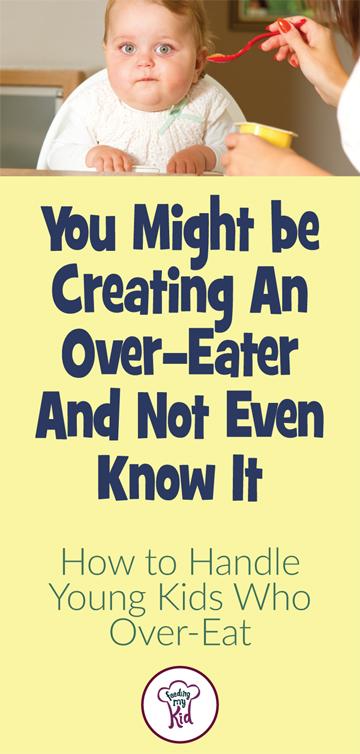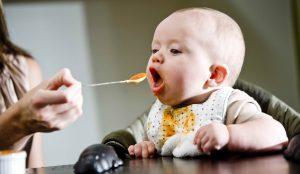 Did you know that funny, choo-chooing, sound you make while trying to get your baby to eat, is called cajoling?
Did you know that funny, choo-chooing, sound you make while trying to get your baby to eat, is called cajoling?
It’s the act of using gentle persuasion, generally using playfulness and fun to get your little one to eat? It can also be using playful encouragement to get them to eat, “yummmmy, it’s delicious, do you want some?”
With almost 40% of children now overweight or obese, researchers are trying to identify ways to help parents not encourage their child to overeat, which can lead to the child becoming an overeater.
Internal Motivation is Key
Ultimately, you want your child’s motivation to eat to be internal. This way he learns to listen to his own physical cues for hunger and fullness. By cajoling, bribing, punishing or pleading, you are teaching your child to listen to outside queues for how much to eat.
By cajoling, bribing, punishing or pleading, you are teaching your child to listen to outside cues for how much to eat.
A great book on this subject is War & Peas, by Jo Cormack. Her book is on how to practice “emotionally aware feeding (EAF).” This means not reacting positively or negatively if your child eats or doesn’t eat his food. It was a fascinating read.
Cormack goes on to say, “when pressured to eat more than they normally would, kids, even very young ones, learn to disregard their own internal eating instincts. Instead of looking inward to assess how hungry or full they are, kids start looking to external cues to help them decide, when, and how much, to eat.”
You Don’t Want Your Children To Be Looking To You For Your Approval On How Much To Eat
The infant and toddler years provide an opportunity for you to mold your little one on how best to respond to food.
I soon realized there is so much more to feeding children than just giving them food. I realized the importance of helping children develop lifelong relationships with food, and many of our habits are learned in infancy through the preschool years.
As an adult, do you still eat everything off your plate? Well, turns out, that habit is learned in childhood. Do you eat your feelings? That’s also learned in childhood. Are you a picky eater? Learned in childhood, too.
If your child is not a toddler anymore, there are different ways to help your child learn how to read his own body cues for when he is hungry and full.
You also don’t want your little one to start having an emotional connection with food tied to your approval of their eating. If you’re cajoling, bribing or punishing using food, you are introducing external cues that are often tied to your approval.
Watch this Video to Learn More About the Unintended Consequences of Rewarding with Food
In the UK, they did a survey showing over 40% of adults admitted they were eating due to anxiety, loneliness, stress or sadness. “If we are taught as children to associate feeling good about ourselves with edible treats, this may well contribute to a habit of reaching for these foods when we feel a deficit of positive emotion.”- Cormack
When You Cajole, You Can Be Teaching Your Child to Listen to Outside Cues and Motivation
Be neutral when it comes to your child’s eating.
Serve your child the same food you are eating cut up for their age.
If you think your child is a picky eater, check out the science behind why your child is a picky eater.
Also, keep an eye out for our article and video series covering how to turn your picky eater into an adventurous foodie by subscribing to our YouTube channel.
By going through these steps you can start helping your picky eater without having to use any external pressure.

